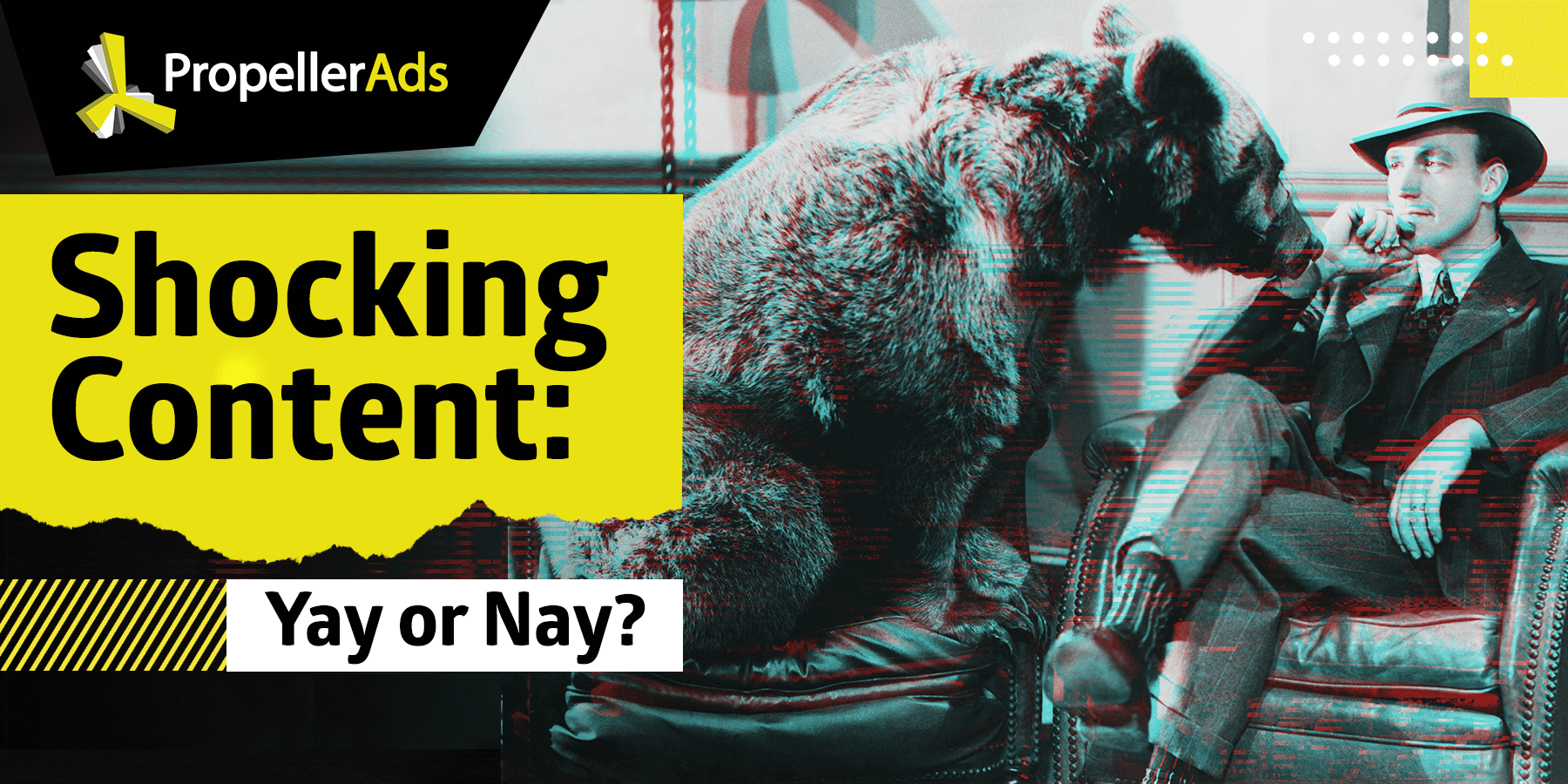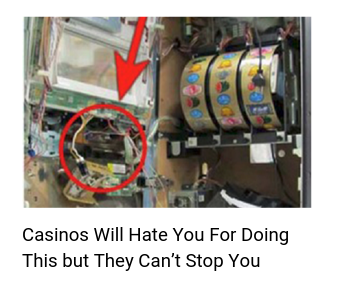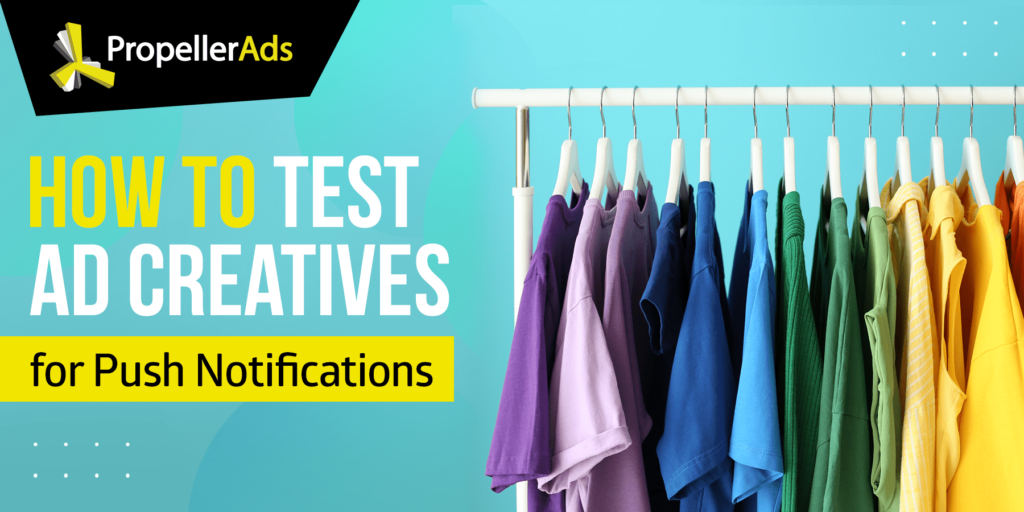Shocking Content: Is It a Yay or Nay?

This post is also available in:
PT
ES
Have you ever wondered why some images have the ability to instantly change the way we feel and attract our attention? For example, a picture of a tarantula in the wild may be normal, but an image of a bathtub full of tarantulas will definitely make us look twice.
Stuff like parasites, scandals, tragedies, celebrity secrets, death, gory images, rare diseases, all have the ability to stir emotion, even if we find them repulsive. So, what’s so special about content that scares the crap out of us or makes us feel all weirded-out?
From the moment we are born, we start learning about elements that are socially acceptable and topics that are considered controversial or moving. Most advertisers try to adhere to social constructs that don’t produce extreme emotions and attempt to connect with audiences at a conscious level, with the hopes of getting clicks without riling people up.
However, there’s a sub-branch of marketing that specializes in using shocking content to draw attention, generate clicks, and get conversions. And, although it’s better left for affiliates that have a strong stomach, this shocking content can produce results – if you know how to set it up properly.

Below, we’ll go over shock advertising, tell you why humans are attracted to such weird stuff, discuss the pros and cons of this strategy, and give you a few approaches you can try out, as long as you have the chaps for it!
Without further ado, let’s jump right in!
Defining Shock Advertising or Shockvertising
As you can imagine, shock advertising is a type of marketing that purposefully uses startling, offensive, or blunt images as well as text. Also known as shockvertising, this strategy has been historically used to stand out from conventional campaigns and bring attention to pressing social matters, like human rights violations or the destruction of our natural resources.
Today, affiliates can employ a version of this strategy to improve the performance of their campaigns. Research suggests that shock advertising is easier to remember and it has a powerful effect on consumer behavior.
If you want to make a deep connection, and you have the stomach to work with these creatives, then shockvertising may become one of your new favorite short-term tools!
Now, Why on Earth Are We Attracted to Weird Stuff?!
The human fear response is one of our most important safety mechanisms, but it doesn’t always trigger when we are in danger. Shocking images tap into our fear response, so our heart rate goes up and adrenaline starts pumping through our veins.
Shock advertising is memorable because we don’t expect to see images that trigger strong emotions without warning. Even if they are not necessarily positive, when we experience fear, curiosity, disgust, or a powerful emotion of any kind, it creates a situation that’s far more memorable than your average Tuesday morning.
Which, in turn, is what most marketers want to achieve whenever they design an affiliate campaign. Opting for this strategy may not be ideal for all verticals, but it can be used in certain situations and may actually yield some shocking results (pun intended!).
Pros and Cons of Shock Advertising
In simple terms, shock advertising is not the most transparent form of marketing. But, before making a decision, it’s worth comparing the pros and cons to assess whether you’re willing to give it a shot or if your tummy isn’t up for it.
| Pros | Cons |
| – Potentially insane CTR – Memorable ads – Your content may go viral | – Potentially sky-high bounce rate – You may traumatize or offend your audience – May damage brand image, so it’s not sustainable in the long run – Depending on the content, some publishers may not publish your ads, which sometimes results in lower-traffic volumes |
Want to Give It a Shot? Here are Some Working Approaches
If you need a quick boost in performance and you’ve got the tummy for it, you may be able to get away with a shock advertising campaign. Where to find FREE images?
Here are 6 approaches you can try out:
Regular Image + Promising Text

If you don’t want to jump straight into the gross stuff, you can stay by combining a normal image with text that promises to shock or blow users away.
- “People were shocked that it was so easy to lose weight”
- “Shocking and scary truth behind all the Instagram beauty”
Appealing to Curiosity

As you may have guessed, this approach plays on well-known mysteries that usually get a lot of attention.
- “You will never believe who you were in your previous life”
- “The photo of Aguilera in a bikini. That’s too much!”
Fear Tactics

Fear tactics are known as a big no-no in most forms of advertising, except if you’re trying to shock your audience of course. You can try out different types of fear and go for something personal or that will affect the entire planet.
- “Doctors are hiding this from you because it makes them obsolete”
- “Pharmaceutical companies don’t want you to discover this miracle cure”
Insider Medical Information

Claiming that you have insider medical information is also a good one, but you need to make sure you don’t target people who may be suffering from serious illnesses.
- “Dermatologists stunned: Waratah woman removes her wrinkles with this $4 tip”
- “Doctors stunned: Mio granny removes her wrinkles with this tip”
Read also: Dietary supplements – Rules for promoting in the U.S.
Keep It Real

Instead of telling your audience that they will be shocked, you can sprinkle in a little reverse psychology and claim that your content is nothing but the truth.
- “No stock tips, no recommendations – know everything about investing in The Smallcases Show”
- “No tricks or shortcuts: the only exercise regime that keeps your body in top condition”
Extreme Emotions + Regular Text

Lastly, you can try twisting our first strategy and attempt to mix shocking images with regular text that explains the context of the creative.
- “Exposed: wife hides $68 million from husband for years”
- “Woman terrified after discovering her late husband’s millionaire secret”
Shock advertising has been around for some time, but the truth is that this technique can help lift your campaign off the ground and achieve certain short-term goals.
Do you use shocking advertising? Share your experience in the comment section below or join our Telegram Chat!


